Popular games published by company Enix Corporation
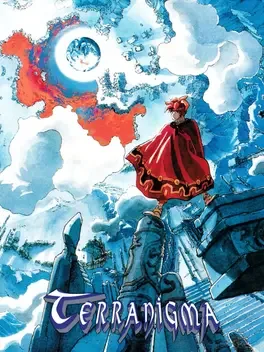
Terranigma is an action role-playing game for the SNES. It is one of the few games which has never been released in North America. The Game is about a boy named Ark whose fate is to resurrect the earth and to contribute to the evolution of life.
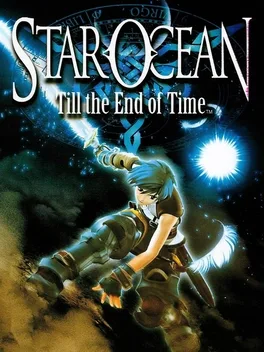
Released as "Star Ocean 3: Till the End of Time" in 2003 by Enix before they merged with Squaresoft, the game was re-released under the name "Star Ocean: Till the End of Time" as a remastered version by Square Enix in 2004.
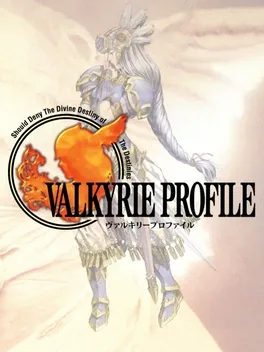
Valkyrie Profile is a role-playing video game developed by tri-Ace and published by Enix (now Square Enix) for the PlayStation. It was released on December 22, 1999 in Japan and on August 29, 2000 in North America. An enhanced port of the game was later released for the PlayStation Portable under the name Valkyrie Profile: Lenneth on March 2, 2006 in Japan, July 18, 2006 in North America, and April 27, 2007 in Europe.
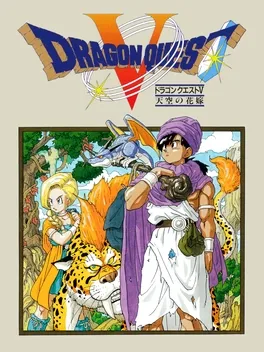
Dragon Quest V: Tenkuu no Hanayome is a role-playing video game and the fifth installment in the Dragon Quest video game series, second of the Zenithian Trilogy. Originally developed by Chunsoft and published by Enix Corporation, Dragon Quest V was the first title in the series to be released for the Super Famicom video game console in Japan in September 1992. Dragon Quest V was the first game in the series to not be released outside Japan due to programming issues at the time.
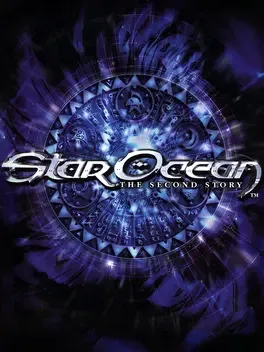
The first "Star Ocean" released outside of Japan. It was later re-released on the PSP under the name "Star Ocean: Second Evolution".
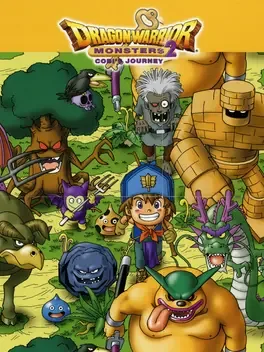
Dragon Quest Monsters 2 followed Pokemon's strategy of releasing 2 games with exclusive monsters that would need to be traded between versions to collect them all. The games were later re-released along with the first Dragon Quest Monsters as a compilation for the PlayStation and the games were later remade for the 3DS, but only in Japan.
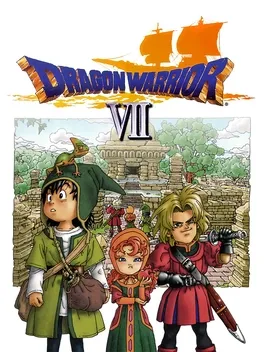
Dragon Quest VII is the seventh installment of the popular Dragon Quest series of role playing games and the first in the series to not be a part of a larger trilogy. It was the first main series Dragon Quest title to be released outside of Japan since the release of Dragon Quest IV: Chapters of the Chosen in North America in 1992, and the last DQ title to be released in North America with the Dragon Warrior name.
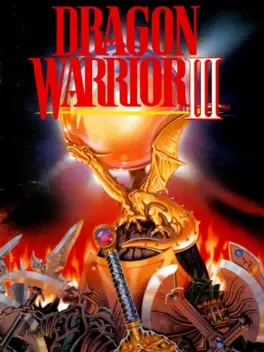
Dragon Warrior III is a top-down role-playing game where you travel around the overworld, caves, castles, cities and other locations while battling random encounters, buying equipment, and talking to people. You and your party members receive experience when they beat up monsters and level up with enough experience, increasing their stats. The game features a day/night cycle - as you travel, day slowly changes to night and vice versa; shops are typically closed at night. You begin with control of just the main character but can quickly recruit three more members to your party. During the game you can choose to drop your current characters and recruit others at any time. The recruitable characters are divided into six classes: soldier, fighter, merchant, goof-off, pilgrim and wizard. The game has a unique job system, giving you the ability to switch your hired characters' classes after they have achieved at least level 20 in their base class. Characters can switch to the other beginning classes, as well as the sage class, which is not available at the beginning. When a character switches classes, they lose all earned experience points, and half of their stats, but retain all the abilities of the previous class. In this way, you can create powerful combination characters that are able to cast spells and fight effectively.
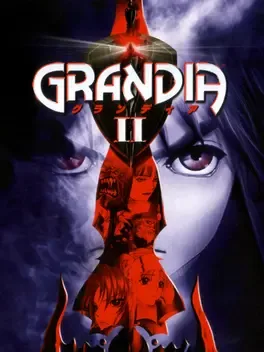
Grandia 2 is a 3D RPG, viewed from a top-down perspective for most of the game and a 3rd person view during battle. Controlling Ryudo, the player will explore various locations, locating townspeople and objects within an area to interact with. Towns and dungeons are displayed in the same manner, though dungeons tend to be mazes filled with monsters and towns tend to be friendly areas filled instead with conversation and shops. Any monsters present in these areas will be shown walking around. Walking over to and touching the monster in any way will activate a battle. If the monster notices the player approaching it is considered a normal battle, if Ryudo is able to approach undetected the player's party will gain the initiative in battle, if any party member besides Ryudo is approached by the enemy then the party loses initiative.
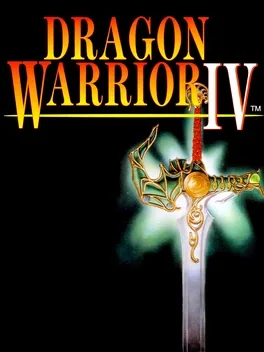
Dragon Warrior IV differs from the rest of the series by breaking up the game into five distinct chapters, each of which focuses on a different protagonist or protagonists. The first four are told from the perspective of the Hero's future companions and the fifth one, from the hero's perspective, brings all the characters together as they begin their journey to save the world.
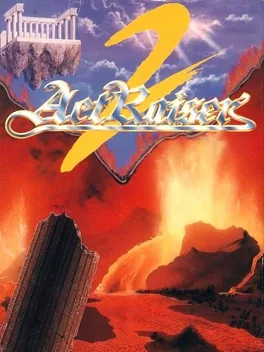
ActRaiser 2 is a side-scrolling platform game for the Super Nintendo Entertainment System developed by Quintet and published by Enix in 1993. The game is a sequel to the original ActRaiser, but the storyline is not directly connected to its predecessor; however, many plot details suggest that ActRaiser 2 may actually be set before the events of the original ActRaiser, or takes place in another universe entirely. Otherwise, the given story draws concepts from the famous religious epics Paradise Lost and the Divine Comedy. Unlike the original game, which alternately combined platform game sequences and god game sequences, ActRaiser 2 is only a platform game.
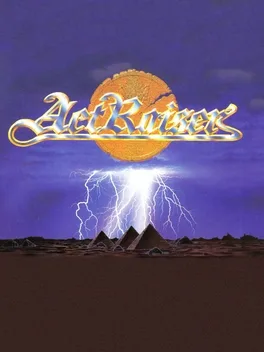
ActRaiser is a 1990 platform and city-building simulation game for the Super Nintendo, combining traditional side-scrolling platforming with urban planning god game sections. In 2007, ActRaiser became available on the Wii's Virtual Console download service. A version of the game was also released for European mobile phones in 2004.

Remake of Dragon Warrior released for the Super Famicom in the Dragon Quest I.II compilation. This remake includes updated graphics that retain the original look, sound of higher quality, and some changes in the gameplay and in the game world: certain locations are larger, some menu commands (such as "Stairs") are omitted, and there is a larger variety of items.
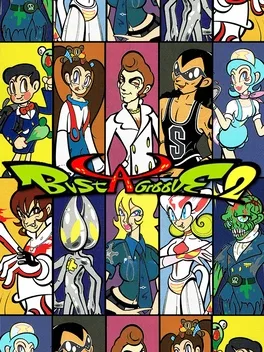
Bust a Groove 2 is a hybrid music/fighting game released in 2000 for the Sony PlayStation and is the sequel to Bust a Groove. The game was originally released in Japan as Bust a Move 2: Dance Tengoku Mix, and was never released in Europe.
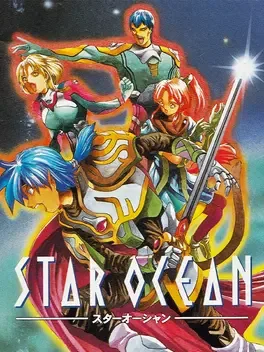
The first game from tri-Ace released on the Super Famicon published by Enix. A huge scale role playing game with beautiful graphics and sound that were impossible on the regular Super Famicon, that includes skills, talents, special move system, item creation, private action and full motion active battles.
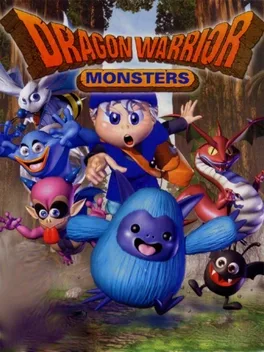
Dragon Quest Monsters is a turn-based RPG that involves recruiting monsters to fight for you in random encounters. Two recruited monsters can be fused together for a better one and extra monsters can be stored on a farm while not in your party. It was released in Japan for the Game Boy Color before the system was released.

All is darkness. The Dragonlord has captured the Princess and stolen Erdrick's powerful ball of light. You are Erdrick's heir. To you has fallen the most dangerous task— to rescue the King's daughter and recover the mystical ball of light. Your mission is deadly, but it is your fate. Prophets have foretold your coming. Three keepers await your journey, each ready to aid you with a mystic item of great power. Gather the three objects. Scribes will record your deeds. Use cunning and wisdom to choose your commands. Gain experience, weapons and armor as you battle your way through the world. Rest if you must. Search out the Dragonlord's lair and face your destiny. In this role-playing adventure, you are the Dragon Warrior!
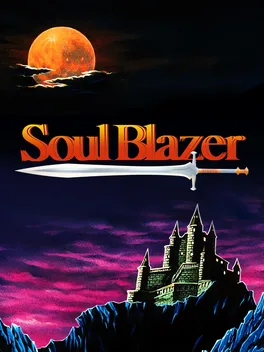
Soul Blazer, known in Japan as Soul Blader, is a Super Nintendo Entertainment System action role-playing game developed by Quintet and published by Enix (now Square Enix). Soul Blazer was released on January 31, 1992 in Japan, on November 27, 1992 in North America, and on January 27, 1994 in Europe. Similar to the company's previous game ActRaiser, the player takes the role of a divine angel, deity or lesser-deity, or avatar, sent by a divinity, called The Master, to destroy monsters and release the captured souls of a world's inhabitants. Soul Blazer was scored by Yukihide Takekawa.

Remake of Dragon Warrior II released for the Super Famicom in the Dragon Quest I.II compilation. This remake includes updated graphics that retain the original look, sound of higher quality, and some changes in the gameplay and in the game world: certain locations are larger, some menu commands (such as "Stairs") are omitted, and there is a larger variety of items.
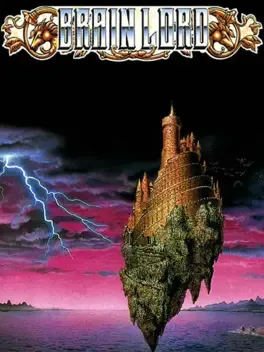
ARE YOU THE BRAIN LORD? Beyond your memory lies a time filled with Dragons and men riding the skies together. The Dragon Warrior blood flows deeply through your family. Now. you are the only one left. Your father has spent a life time searching for the Ancient Dragons, a life lived in vain. It is up to you to find the Dragons. Before you lies a world filled with puzzles and riddles, enough to drive even the most 'rational insane. There are too many unanswered questions in your mind. What lies ahead? Where do I start? What will I find? There is a Dark Presence that awaits you. Can you unlock the secret? Are you strong enough to survive? ARE YOU A BRAIN LORD? We shall see...
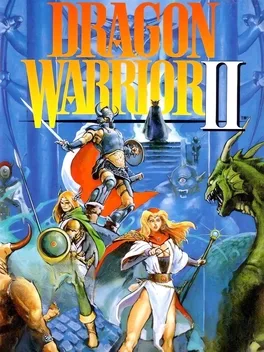
Dragon Warrior II is an early top-down RPG that expands and improves on its predecessor. Unlike the first game, Dragon Warrior II allows the player to join forces with two other characters, a magic-using princess and a wizard-warrior prince. Also including expanded monster battles involving up to 6 creatures and a much larger world, Dragon Warrior II is an important step in the evolution of the Dragon Warrior series.

Pac-Land itself is split into trips. In each of these trips the objective is to get the fairy (that is kept under Pac-man's hat) to Fairyland and also to return home to Pac-Man's house. The majority of the trip involves moving from left to right avoiding various obstacles such as the enemy ghosts, water spurts and quicksand traps. Each trip is divided into a number of rounds, the end of which provides Pac-Man with bonus points depending on how much time he has left and also his position in jumping at the end of each round. If the player runs out of time before finishing the round, Sue, the purple ghost, will speed up rapidly. The penultimate round of a trip ends with Pac-Man entering Fairyland and returning the fairy under his hat to the Fairy Queen. In return the Fairy Queen gives Pac-Man magic boots. For the final round of the trip, Pac-Man has to travel from right to left back home. For assistance he uses the magic boots, which allow him to jump repeatedly while in mid-air. Once Pac-Man completes the trip, he is greeted by Ms. Pac-Man and Baby Pac-Man. In the US release of the game, Pac-Man's cat and dog in the cartoon series, Sour Puss and Chomp-Chomp, are also there to welcome Pac-Man home. Pac-Man then begins his next trip following the same objectives as before, although the difficulty increases. As in the original Pac-Man, there are fruit which appear to eat for bonus points and power pellets to turn the ghosts blue and vulnerable. A hidden item (sometimes accidentally dropped by the ghosts) is a Flagship from Galaxian, which rewards 7650 points when collected (a reference to Namco's goroawase number of 765). The Galaxian Flagship is a long running cameo that appears in the Namco-made Pac-Man games. There are also hidden bonuses in the game, eating ghosts in a certain order will give extra time and pushing an obstacle in the opposite direction can give extra lives, invincibility, and balloons to collect for points and warps.
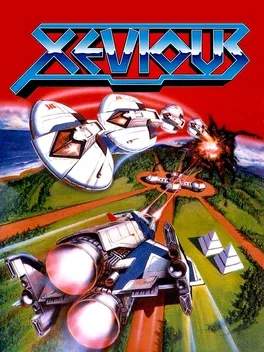
It's a nightmare, but it's true! Research shows that we are the actual aliens on Earth, and the ruthless Xevions are the original inhabitants. Now the Xevions want Earth back -- minus humans! Their invasion forces are fierce -- the land is crawling with deadly Domogram Rovers; the sky is black with Toroid Patrol Fleets and Zoshi Death Squads. Our puny weapons offer no defense. Earth's only hope is our powerful new Solvalou Fighter Plane. Its pilot will have a single mission: Penetrate the enemy ranks and destroy the Xevious Mother Ship. The mission is dangerous. We can't guarantee success. But at this point, it's do or die! One small problem. We still need a pilot. Any volunteers?
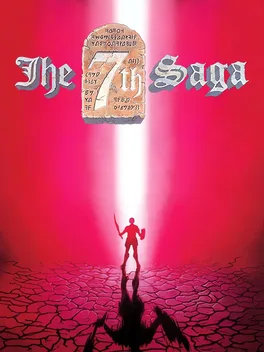
The game takes place on a world called Ticondera. 5000 years ago, a divine being named Saro defeated an evil entity named Gorsia with the power of seven runes. In the years since then, the runes have been scattered across the globe. Lemele, the son of Saro, was born 100 years ago, and became a hero when he defeated the demon Gariso. Now 100 years old, Lemele has become the benevolent and powerful ruler of the world. The 7th Saga is the localized version of the Super Famicom game Elnard. It is infamous for its high difficulty, whereas its Japanese counterpart is much easier. The 7th Saga also features some other changes, such as different character sprites.